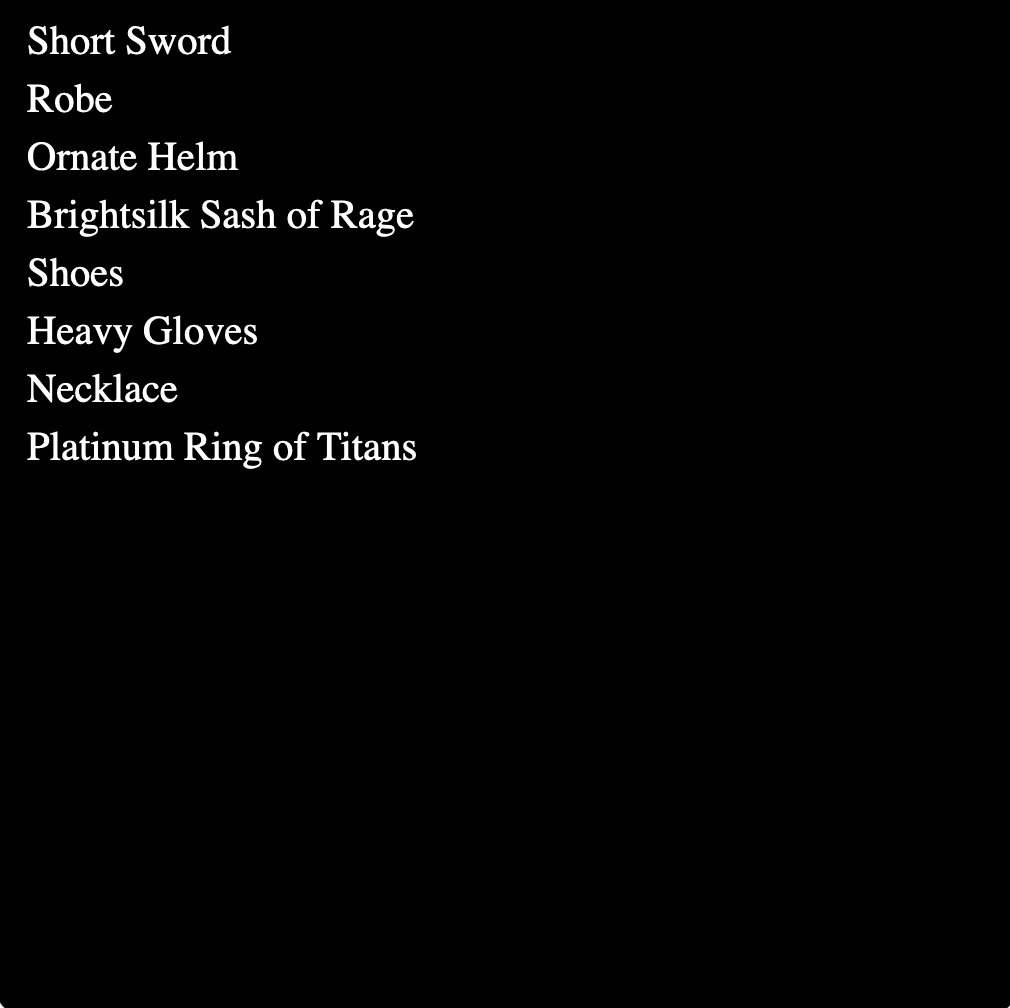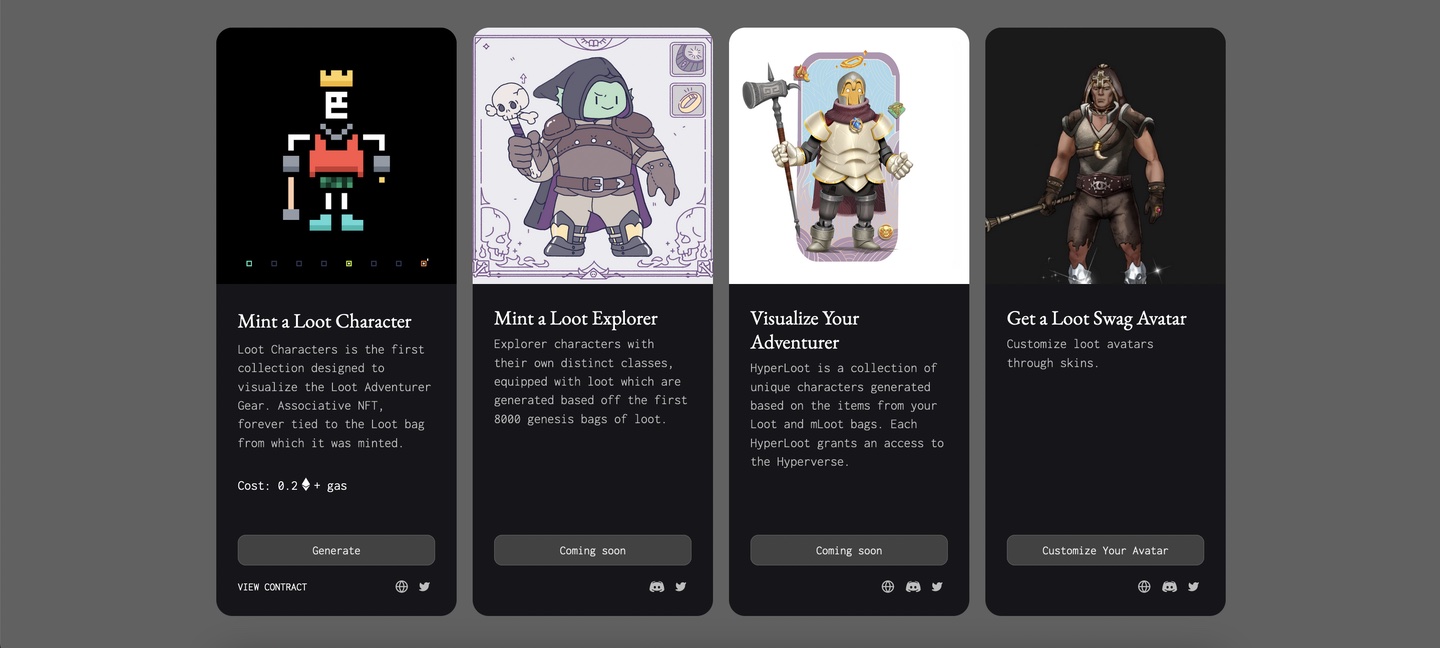I’ve been thinking about what could web3 and NFTs mean for video games. And, honestly, I can’t make myself to feel excited about the current crop of P2E games. There are a lot of economies in them and so little video games. Thoughts on how it could change.
First, we need to understand how video game items differ from art, and why unlike in art, NFTs in video games can’t be a representation of ownership. Virtual items are made up with data from various different sources: art assets, code, database record, IP ownership, etc. Dive in to learn more. It’s pretty straightforward.
With traditional video game items there is a central database that regulates who has access to what. When you buy an item, you buy a service of creating a record in the database, which will grant you an access to an item. The properties of an item (how it looks, how it affects other objects) are controlled with code and assets, that are not part of the deal.
They may change without the will of the “owner”, which sometimes results in confusion and anger. And that’s understandable. A sword with specific look and properties had been showcased to a player and bought. Not an access pass to rent it, with the looks and stats that may or may not change in the future. That is a different deal.
In current blockchain games when you buy an item plus to an in-game representation of it you receive an NFT token, stored in your wallet, that is separate from the game. The ownership database record part of a virtual good is being detached and put in the space owned by a user. All the other item’s properties (art, code) continue to live, where they were before the NFT invention, at some server in US-EAST-1.
That may be not a problem for art. You buy a token, that is a certificate of ownership. Whether you believe or not that the ownership is valuable is completely another matter.
But for games it’s hugely important what something is: how it looks, works and behaves. See the before mentioned example with the nerfing of a WoW character. That’s why the @lootproject is fascinating in that regard. It abstracts “how it looks and works” part, encouraging the community to come up with all sorts of different representations.

And they did. The community has built not only the representations for the loot itself, but has come up with characters (in several different stylistic choices), quests, maps and storylines.

I would argue that here we can find a solution to the second part of the problem: how to grant an ownership to an item’s behaviour and its effects on the world around it.
I am sorry, you can’t. But, moving the work to public domain, freeing the community to create as many takes on the subject as they wish. What this achieves is making valuable not an exact representation of an item, but a concept of it. Which, if you think about it, is immensely powerful. The player could own an item, or a numbered edition of it and have an access to a range of practical implementations.
The general concept part is more valuable than one exact implementation. A variant could eventually become canon, but that is up to community to decide, anyone can fork the implementation and make adjustments.
There are examples in video games that benefit from openness and where it is encouraged to mix, recreate and make collaborations with characters and lore. All thanks to open source and public domain.
NFTs are all about making something scarce and limiting. But if you abstract enough and build on top of it, you could still have ownership of a virtual item and choose from a wide variety of fanfic implementations.
